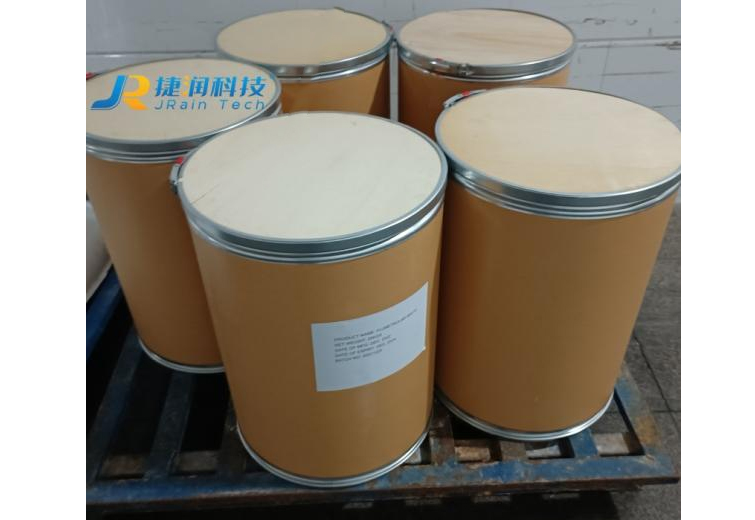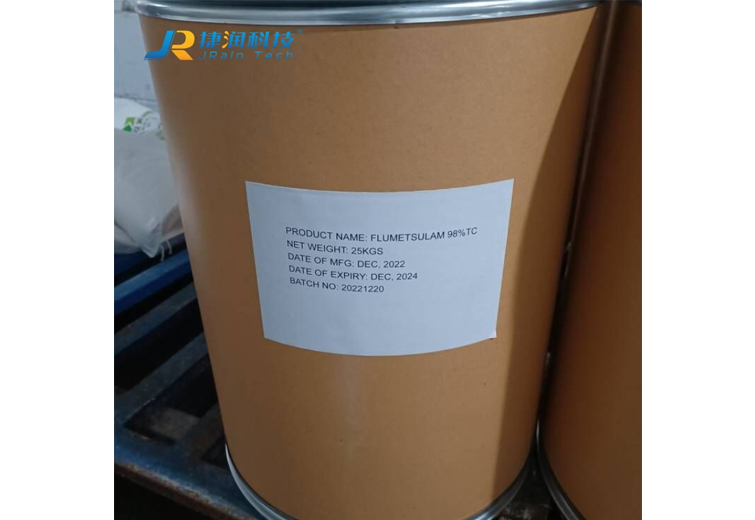
FLUMETSULAM
1. Characteristic: Inhibiting the synthesis of branched-chain amino acids hinders protein synthesis and causes plants to stop growing
2. Applicable crops: Corn, soybeans, wheat, barley
3. Control objects: Dandelion, mullein, solitary plantain, mustard, mandrake
4. Method of application: spray.
5.Note: Precisely control the dosage of the medicine to avoid causing harm to sensitive crops in the next season due to excessive dosage. Pay attention to the safety interval period for agricultural products and do not harvest or consume them during this period.
6. Customerized packing label
7. FAO standard
8. Professional registration, GLP, ICAMA, LOA etc.
What Our Customers Say About Flumetsulam
Flumetsulam FAQs
-
80%High PurityEnsure the reliability of each product.
-
58%Fast-Acting FormulaQuickly provide visible effects
-
What weeds does Flumetsulam control?
What weeds does Flumetsulam control?
Flumetsulam provides effective control of many broadleaf weeds including velvetleaf, lambsquarters, and morning glory in soybeans and corn, with both foliar and residual soil activity.
-
How does soil pH affect performance?
How does soil pH affect performance?
Persistence increases in acidic soils (pH<7.0), potentially extending control but increasing carryover risk. In alkaline soils (pH>7.5), degradation accelerates, reducing residual activity.
-
Can it be used in no-till systems?
Can it be used in no-till systems?
Yes, particularly effective when combined with glyphosate for burndown in no-till soybeans. The residual activity helps control later-emerging broadleaf weeds.
-
What rotational restrictions apply?
What rotational restrictions apply?
Avoid planting sensitive crops (sugar beet, canola, some vegetables) for 9-12 months after application due to potential carryover injury.
-
What measures prevent crop injury?
What measures prevent crop injury?
Select tolerant corn hybrids and soybean varieties. Avoid applications when crops are stressed or when cold, wet conditions persist after treatment.






